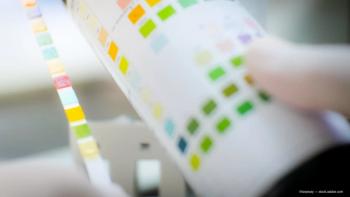
Venturi vacuum better than peristaltic during phaco
When performing phacoemulsification, using a venturi-based vacuum may result in reduced clearance time of lens material compared to a peristaltic-based vacuum, according to new research.
When performing phacoemulsification, using a venturi-based vacuum may result in reduced clearance time of lens material compared to a peristaltic-based vacuum, according to researchers at the John A. Moran Eye Center Laboratories, University of Utah, USA. In addition, the venturi-based vacuum may better mitigate fragment bounces off the tip, or ‘chatter’.
In a study published in the
Using porcine lenses hardened with formalin and cut into 2.0 mm cubes, the researchers used a phacoemulsification machine (WHITESTAR Signature Phacoemulsification System, Abbott Medical Optics) that could switch between peristaltic and venturi-based vacuums to measure time to fragment removal and chatter. They tested both transversal ultrasound and micropulse longitudinal motions, and found the venturi-based vacuum yielded better efficiency and less chatter than the peristaltic-based vacuum, at lower vacuum levels.
To read the abstract of the study, click
Newsletter
Get the essential updates shaping the future of pharma manufacturing and compliance—subscribe today to Pharmaceutical Technology and never miss a breakthrough.













































